- Hi Bernie ...
I have been pondering aesthetics and functional yoga. Something that I had never heard of until your course! Which quite frankly I wish I had. I am naturally quite flexible, but I have also worked on this too. I do not do yoga for the aesthetics, I do this to ensure that I am healthy and have full mobility and motion. However, I am “track 3" in your classes. Is it possible that that one can be both functional and aesthetic in order to gain sensations? I am finding myself feeling less sensations over the years of practice and having your variations for poses are really helpful.
I predominantly teach athletes some of which are very stiff (professional cyclists, long distance runners , triathletes, footballers,...), others are very supple; each one is unique. I know however they like to go for the “perfect posture”. The club’s cultures are very much “be the best”. I plan on changing my teaching to allow for “aesthetic postures”, if their body allows but also working more to understand compression and tension and their own uniqueness and bodies. Whilst I am trying to rationalise my views around aesthetics and function, and I do not think that I can compute that these are two separate entities, I think there is greyness here. Or have I missed the mark? As I am using blocks to gain more sensations, then perhaps this isn’t seen as aesthetic?
I just wondered what your views are on this.
The reason I particularly raise this, is during the classes that I took with you virtually, I did feel like a bit of a “performer” but this was due to the way the class was communicated. I wouldn’t want my students to feel it is necessarily a bad thing (or a circus performer) to be selecting “track 3” just as I wouldn’t want to alienate someone who chose the first track. I use the word options in my classes, to allow for them to select what is right for each pose.
Kind regards, N
Hello N
It is an important consideration: aesthetics or the functional approach? Most people are not aware of these distinctions and so unconsciously fall into the aesthetic realm simply because that is the way teachers present the postures, and that is the way the teachers were taught. It is easier to move bodies around than to really investigate what is happening on the inside of those bodies.
You are like most students when you say, “I do not do yoga for the aesthetics, I do this to ensure that I am healthy and have full mobility and motion”. This is the functional approach to the practice: have an intention, then pay attention to see if you are getting what you intend. Unfortunately, while this may be the students’ real intention, because it is unconscious, they never question the directions they are given. You have started to do this. Great!
It is possible for aesthetics to be the intention of the pose. If you are a gymnast or dancer, how you look while performing is important. So in this way, the functional approach would lead to a focus on aesthetics because the intention is to look good. But, remember, looking good is not really your intention. Looking good while doing a pose may happen but it is side effect of the practice, not the reason for it.
You asked, “Is it possible that that one can be both functional and aesthetic in order to gain sensations?”: the short answer is yes. Students focused on the aesthetics of the pose may still experience sensations. That’s fine. But, if there is no other intention beyond placing your body into a certain position, the odds of achieving your real goal of optimal health is less likely to be achieved.
Whether someone is track 1, 2 or 3 is irrelevant to their health. It simply a tool to guide their practice. I jokingly say that track 3 students are “cursed by being flexible”
For your athletes, you have to redefine for them what “best” means. “Best" in functional yoga is the depth in the pose that makes them healthy and thus will improve their life, which may include improved performance in their chosen sports. Best does not mean being super flexible. (Remember the basketball player: she doesn’t want really loose, stretchy hamstrings! She wants healthy hamstrings which will help her jump higher.) If you can reframe what best means to your students, they may be more motivated to adopt the functional approach and not worry so much about aesthetics.
I never care aesthetically how someone looks while using blocks. I care about what their intentions are and what they are feeling. Who cares what they look like as long as they are getting the stress in the targeted areas and there is no pain. However, how they look in the pose can give me some clues as to whether they are optimizing the stress: there may be options I can offer that will increase/decrease the level of stress they are experiencing, so yes — watching the students is good. Seeing how they look is good. But, we don’t judge the student based on some idealized posture and try to get them into that shape. We judge by asking the student what she is feeling and if the sensations are not adequate or appropriate, our visual senses may give us some ideas of what to try next. If you see someone struggling to stay in a pose, very tense and uptight, these visual cues can guide you. Maybe you are thinking these are aesthetics, and you may be correct, but we are not evaluating these aesthetics against some pre-determined dogmas. They are at best in service to the functional approach.
Cheers
Bernie
